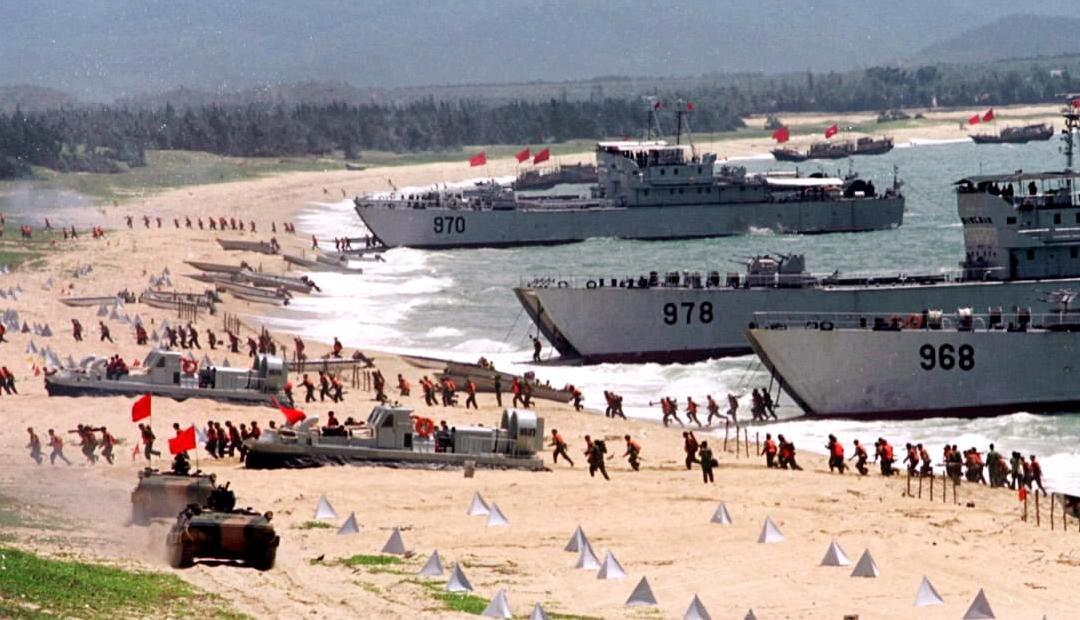Commentary
Taiwan’s Ministry of National Defense (MND) dropped a bombshell last week when it presented an incredibly downbeat assessment of the growing Chinese threat toward the island state.

Taiwan’s Ministry of National Defense (MND) dropped a bombshell last week when it presented an incredibly downbeat assessment of the growing Chinese threat toward the island state.